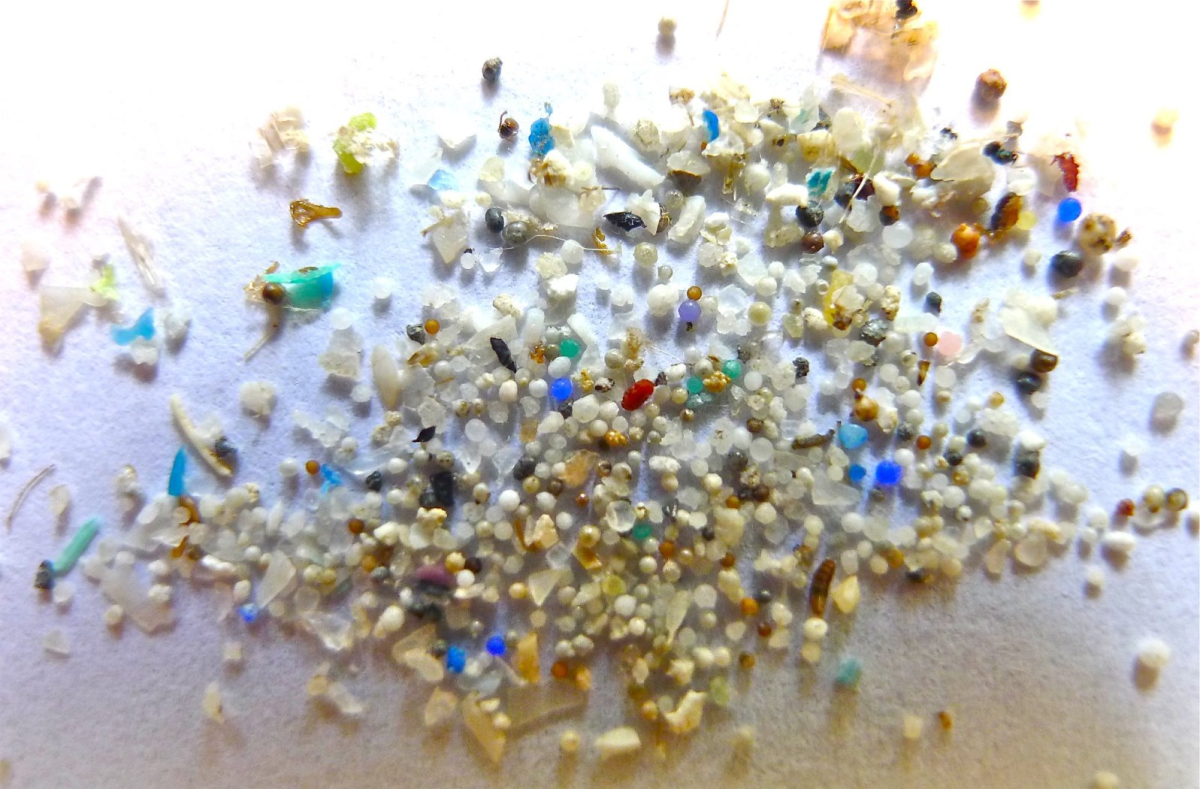Support strong Canadian climate journalism for 2025
This story was originally published by The Guardian and appears here as part of the Climate Desk collaboration.
The mystery behind the astronomical rise in neurological disorders like Parkinson’s disease and Alzheimer’s could be caused by exposure to environmental toxins that are omnipresent yet poorly understood, leading doctors warn.
At a recent conference, the country’s leading neurologists and neuroscientists highlighted recent research efforts to fill the gaping scientific hole in understanding the role environmental toxins — air pollution, pesticides, microplastics, forever chemicals and more — play in increasingly common diseases like dementias and childhood developmental disorders.
Humans may encounter a staggering 80,000 or more toxic chemicals as they work, play, sleep and learn — so many that it is almost impossible to determine their individual effects on a person, let alone how they may interact or the cumulative impacts on the nervous system over a lifespan.
Some contact with environmental toxins is inevitable given the proliferation of plastics and chemical pollutants, as well as America’s hands-off regulatory approach, but exposure is unequal.
In the U.S., communities of colour, Indigenous people and low-income families are far more likely to be exposed to a myriad of pollutants through unsafe housing and water, manufacturing and agricultural jobs, and proximity to roads and polluting industrial plants, among other hazards.
It’s likely genetic makeup plays a role in how susceptible people are to the pathological effects of different chemicals, but research has shown higher rates of cancers and respiratory disease in environmentally burdened communities.
Very little is known about the impact on the brain and the nervous system, but there is growing consensus that genetics and aging do not fully account for the sharp rise in previously rare diseases like Alzheimer’s, Parkinson’s and ALS (amyotrophic lateral sclerosis) — a degenerative disease more likely in military veterans and neighbourhoods with heavy industry.
Neurologists and their surgical counterparts, neurosurgeons, spotlighted the research gap at the American Neurological Association (ANA) annual meeting in Chicago.
“Neurology is about 15 years behind cancer so we need to sound the alarm on this and get more people doing research because the EPA [Environmental Protection Agency] is absolutely not protecting us,” said Frances Jensen, the ANA president and chair of the Department of Neurology at the University of Pennsylvania.
Scores of well-known dangerous toxins such as asbestos, glyphosates, and formaldehyde continue to be used widely in agriculture, construction, pharmaceuticals and cosmetics in the US, despite being banned elsewhere. Last week, The Guardian reported on corporate efforts to influence the EPA and conceal a possible link between the popular weed killer Paraquat and Parkinson’s.
Jensen added: “It’s like dark matter, there are so many unknowns … it’s truly going to be an epic exploration using the most cutting-edge science we have.”
Neurology is the branch of medicine focused on disorders of the nervous system — the brain, spinal cord and sensory neural elements like the ears, eyes and skin. Neurologists treat stroke, multiple sclerosis, migraines, Parkinson’s, epilepsy, and Alzheimer’s, as well as children with neurodevelopmental disorders like ADHD, autism and learning disabilities.
The brain is the most complex and important organ in the body — and likely the most sensitive to environmental toxins, but was largely inaccessible to researchers until sophisticated imaging, genetic and molecular techniques were developed in the past 20 years.
Going forward, research could help explain why people living in neighbourhoods with high levels of air pollution have a higher risk of stroke, as well as examine links between fetal exposure and neurodevelopmental disorders.
Rick Woychik, director of the National Institute of Environmental Health Sciences, said: “It’s not just about pesticides. PFAS chemicals are ubiquitous in the environment, as are nanoplastics. And there are trillions of dollars’ worth of demand for nanomaterials, but it’s sobering how little we know about their toxicology.”






Comments
I've been wondering about this for ages. Not just the old age stuff, but autism, what seems like a massive increase in allergies, and so on.
Tyre dust from tyre wear has also been identified as a possible culprit in the rise of neurological disorders: Any fine particles that are 10 microns or smaller can be inhaled in your lungs and anything that is smaller than 2.5 microns has the potential to pass the membrane barrier (those ultrafine particles can reach the brain by travelling via the bloodstream from the lungs than pass directly via the nose; research has suggested that fine particles pollution exposure increases the risk of Alzheimer's disease and related dementias).
Tyre dust particles have been found to be smaller than 23 nanometers (0.02 microns).
About 6 million tonnes of tyre particles are emitted annually and have been found everywhere from the deep sea, to the atmosphere, even in the Arctic and Antarctic.
And it is going to get worse. Electric cars will lower tailpipe emissions, but tyre wear is projected to rise, due to heavier vehicles and torque.
In 2017, a global model by the International Union for the Conservation of Nature estimated tyre wear to be the second largest source of primary microplastics in the ocean, at 28%, after synthetic textile fibers , at 35%.
source: The Guardian Mon 25 Jul 2022: "Tyre dust: the stealth pollutant that is becoming a huge threat to
ocean life"